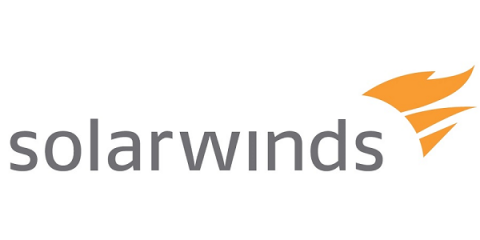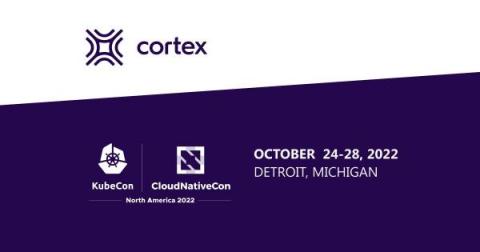Gain Competitive Advantage Through Cloud Native Technology
Organizations around the globe recognize the importance of digital transformation to respond to the demands of the modern world. Organizations can advance their business by adapting technology, processes and tools. By doing so, they can increase flexibility, efficiency, security and improve customer experiences to boost success and gain competitive advantage. However, digital transformation is not always easy.










